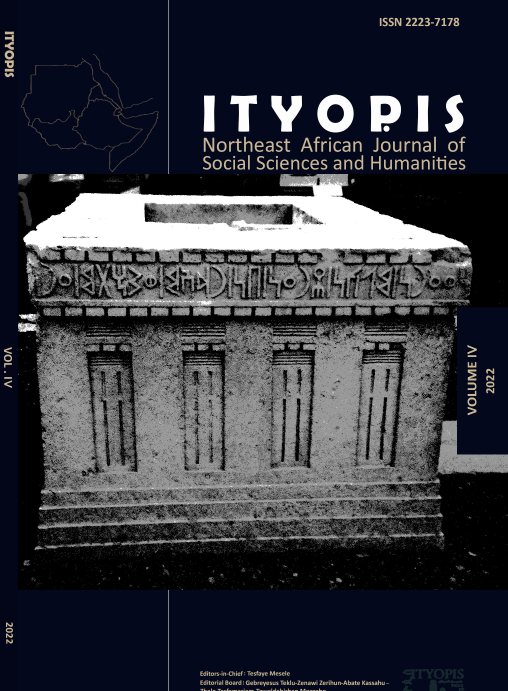Socio-economic Contribution of Integrated Watershed Management and Its Sustainability in Enderta Woreda, Southeast Tigray Zone, Ethiopia
DOI:
https://doi.org/10.71624/ra29ck25Keywords:
land degradation, land rehabilitation, food security, irrigation, cropping intensityAbstract
As a reaction to the intricate problems of land degradation and economic development, an integrated watershed management method has been introduced. Tigray Region—one of the most impacted regions by food insecurity and land degradation—has implemented an integrated watershed management strategy. This study examined the socioeconomic benefits of integrated watershed management, including household income, employment, health services, education, and irrigation in Enderta Woreda. It also examined the sustainability of these benefits, measuring changes in spending, income, purchasing ability, and construction material usage. The study employed both qualitative and quantitative methods to gather the required data. Statistical Packages for Social Sciences (SPSS) was used to analyse the acquired data. Correlation and regression were performed to show average annual revenue and its association with irrigation. As a result, respondents said that access to education, employment, and food security had increased. However, there has been a decrease in migration and poverty. In addition, income had increased steadily between 2014 and 2015, rising from 960 USD to 1127 USD per household. However, due to recurrent drought and crop failure, it dropped to 614 USD in 2016. This led to a decrease in the purchasing ability, dietary adjustments, and cropping intensity. As a result, the study's findings demonstrate that integrated watershed management has, in general, improved and diversified household income sources and amounts. The variability of the yearly rainfall distribution continues to be a determining factor in the extent of improvement and contribution to the livelihoods of the local inhabitants within the research region.
Downloads
Published
Issue
Section
License
ITYOPIS – Northeast African Journal of Social Sciences and Humanities (INEAJSSH) is an open-access platform in cascading knowledge to the global community. All research works are free of charge; they are freely available to users. They are permitted to use them for any academic purpose, without receiving prior consent from Mekelle University or from the authors, given that they cite the source.





